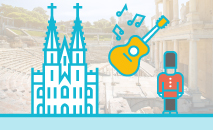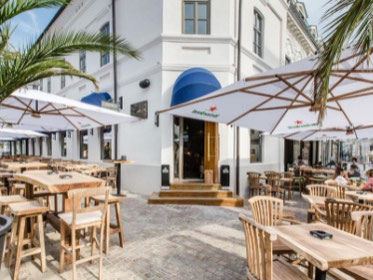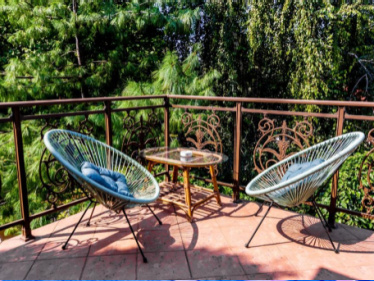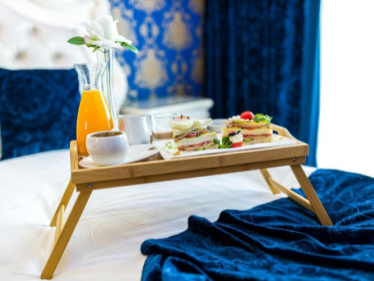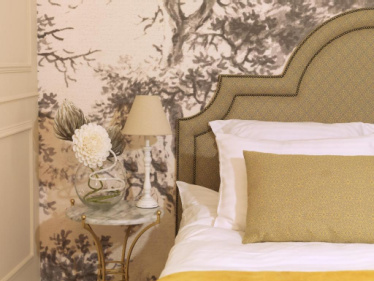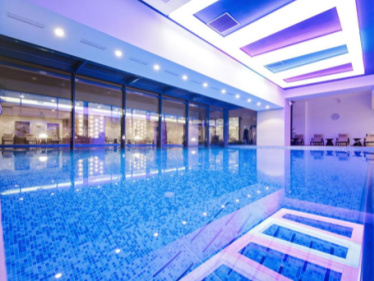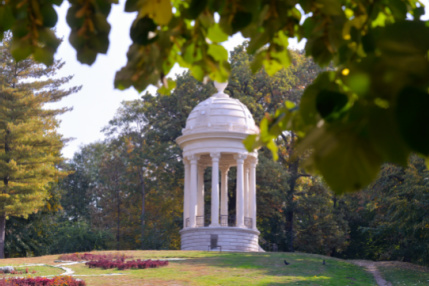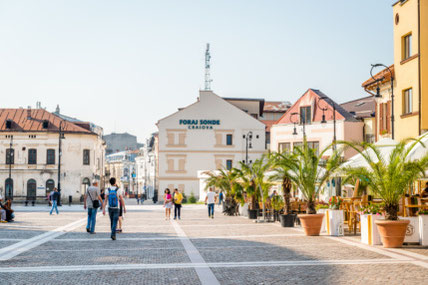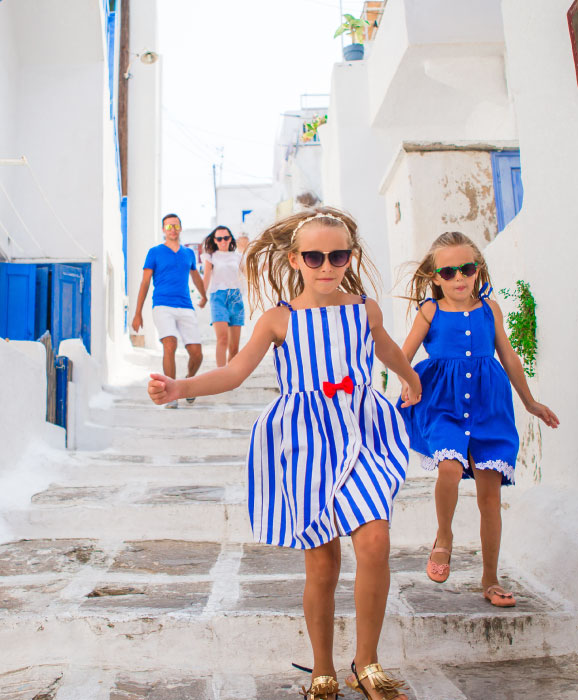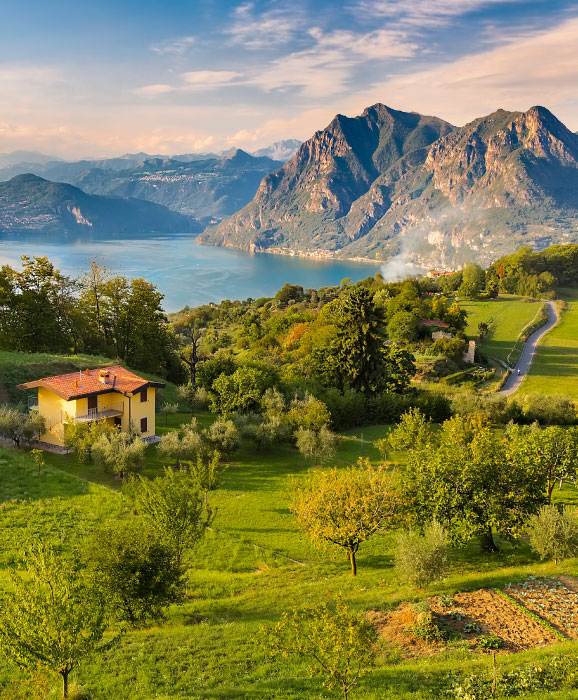Hotels in Craiova
Craiova - IntenCity
If you are looking for a relaxing and charmful new place to discover, Craiova is the best to choose for a city break.
Craiova is a city of creative and generous people, with amazing old buildings and green spaces, good vide and fascinating traditions and gastronomy, ready to be revealed. Is the place where local artists give color to each urban space - pedestrian alleys, parks, walls, benches and gardens transforming them into genuine micro cultural centers.
Craiova is a city where you can relax in the shade of trees while enjoying
the fragrance of artistically placed flowers. With over 800 hectares of green
areas, Craiova is home to the largest natural park in central and eastern Europe - Nicolae Romanescu Park. Spread over 100 hectares and designed by the French architect Édouard Redont, the park received the gold medal at the Universal Exhibition in Paris in 1900. Is an amazing landscape jewelry with a charming middle age castle, lakes, waterfalls, a suspended bridge, a hippodrome, a velodrom for bikers lovers and zoo, all enclosed in the frenzied abundance of vegetation. Various cultural events are hosted here all summer long, at the Summer Theater - the largest open-air showroom in Craiova with a unique dome and perfect acoustics.
Craiova is the city where you can walk in the most beautiful historic center in Romania, renovated in “La belle Epoque” style. In Craiova you can be surrounded on the streets, in every 24th of June, by the explosion of colorful traditional blouses from 100 years ago, worn by most beautiful girls or you can meet with Shakespeare’s characters played by famous theater companies from Australia, Japan or Great Britain, every 2 years, in april-may, as part of one of the most important Shakespeare’s Festival of the world.
As a curious visitor you may experience Craiova’s harmonious blend of past and present by travelling the city on foot, on Calea Unirii street, to the old Town, in the city’s parks and gardens. You will be amazed by the fragrance of flowers, impressed by the variety of churches and urban pieces of art – both new and old – and awestruck at the magnificence of a large number of historic monuments.
Craiova’s museums (Art Museum – Jean Mihail Pallace, Bănia House, Oltenia Museum) house masterpieces and artefacts ranging from works of Constantin Brâncuşi to the 30,000-year old skull of a woman. The latter stands as testimony to the ancient history of this region, one of the oldest human settlements in the Balkans.
The sculptor Constantin Brancusi, Rodin’s disciple, is the most important personality formed in Craiova. A whole museum is dedicated to him in Paris, while the Art Museum of Craiova exhibits the most important collection of his works in Romania. The Art Museum is an impressive palace built in 1907 by the richest noble of Craiova – Constantin Mihail with the distinction of a meticulously crafted jewellery and which housed, at the beginning of World War II Polish, refugees, the Polish President Ignacy Moscicki with his family and Marshal Edward Rydz-Śmigły - the chief commander of the Polish armed forces.
As a tourist in Craiova, the famous street parade of oversized puppets and allegorical floats is a must to live and see. Puppets Occupy Street – the second biggest festival for children in Europe – animates the city every year, from 25th of August to 1st of September, with live performances of puppet artists from all over the world, concerts, exhibitions, video projection, sand art, video mapping, street animation, visual arts, fine arts etc.
And there are a lot more to see, to live, to tell in Craiova: street food festivals, sculpture camps, urban movie festivals, the Craiova Super Rally Show (in september), the Christmas Fair (november-december) etc.
In true Latin spirit, Craiova harbors a deep love for sports in general. Fans of football will be amazed by the incendiary atmosphere on the Ion Oblemenco Football Stadium from Craiova (with more than 30.000 seated places), which was voted in 2018 as the 4th most beautiful in the world, according to StadiumDB.com, after the stadiums from Moscow, Paris and Atlanta.
As a sport lover, you can choose to watch a competition at the biggest and modern stadium in Romania for Athletics (with more than 5.000 seated places), you can relax at the Water Park Aquatic Complex (over 54.000 sqm), you can try a family bike experience in the local parks or just take a coffee moment at Barcicleta Social Bike Shop (https://barcicleta.ro/).
Craiova is situated in the south-west of Romania, at 71 km away from the Bulgarian border and 227 km from Bucharest, the capital of Romania.
Craiova has an international Aeroport and its regional location grants a very good connectivity to Carpathian Mountains, to the Danube and European ways of communication.
That’s why Craiova is the best place to visit if you are a tourist on the move. You can experience the combination of visiting the beauties of an inspiring city with a trip to Danube beaches (Cetate or Calafat), to the magical Danube Gorge by boat (Orșova, Dubova, Eșelnița) or to the underground and mysterious network of Oltenia’s caves (Muierilor Cave, Polovragi Cave etc.). A trip to Craiova could be the easiest and fastest way to enjoy the freshness of the Carpathian mountains, where you can admire the landscapes from Transalpina (the King’s Road) - the highest road in Romania or to discover the virgin forests of Oltenia, where wild horses run free.
Mountains, caves, narrow gorges, monasteries, fortified houses, wineries and royal vineyards like Domeniul Coroanei Segarcea or others, crafts and traditions (Horezu pottery, Oltenia carpet, the art of woodworking) and various events, all of these are to be revealed within 60 – 150 km from Craiova.
Last, but not least, Craiova is a place to remember for its traditional cuisine. Once you have chosen to try the local food such as roasted dock rolls with fried polenta, spicy dried red peppers, the leek dishes, stuffed crayfish or meat rolled in cabbage leaves, wine and traditional plum brandy you will be forever in love with Craiova and its people. You will get to discover better their local history and how their grandparents used to gather in the house to make plans or relive memories, to tell each other their joys or sorrows.
9.4
Hotel Golden House ★★★★
Located 500 m from the centre of Craiova
Highly rated for its very comfy beds
9.3
9.0
Ramada Plaza Craiova ★★★★
Within walking distance from the centre
Featuring a spa and wellness centre
Romanescu Park
Considered one of the largest natural parks in Europe, “Nicolae Romanescu” Park is the oxygen storehouse of Craiova. It was designed by the French architect Édouard Redont at the beginning of the 20th century and was awarded the gold medal at the Paris Universal Exhibition in 1900. It occupies an area of about 100 hectares and is located in the southern part of Craiova, on the former promenade areas of the Bibescu Estate and Gardens. Ample reliefs, alleyways, springs, water mirrors, waterfalls, a charming castle, a suspended bridge, the hippodrome, velodrom, pier and zoo are all enclosed in the frenzied abundance of vegetation. More than 100 years after its inauguration, Nicolae Romanescu Park has regained its splendor by rehabilitating the Zoo, the Bibescu House and the Summer Theater - the largest open-air showroom in Craiova. Various cultural events are hosted here all summer long. A reference place of Craiova, the park provides visitors with all the ingredients required for a relaxing day in nature.
Old Center
Have you ever walked in front of an old house and wondered what secrets are hidden behind the old aristocratic facades? If they could speak, we would be enchanted by stories of old lords and ladies, stories with a vintage perfume, stories from the 19th Century when Craiova was considered the capital of the Romanian southern aristocracy. It was a time when small businesses and craftsmen flourished and artists, craftsmen, architects and tradesmen flocked to Craiova from all corners of Europe. They left their mark on the city in the form of the Renaissant, Baroque, Classic, Romantic and Neoclassic buildings, parks and statues.
For art, history and architecture lovers, Craiova can be an inexhaustible well of unsuspected treasures. Craiova is the second city in Romania with regard to the number of heritage buildings and with the help of European funds for the rehabilitation, Craiova’s historic area has become one of the most beautiful and animated urban areas in Romania. Buildings and architectural ensambles in the old town were transformed and now form a bustling area of social, economic and cultural activity. The area has been restricted to pedestrians, decorated with urban furniture, enlivened by cafes and is now ideal for cultural-artistic events.
Botanical Garden
Opened in 1952 on an area of 17 hectares at the initiative of University Professor Al. Buia, the Botanical Garden of Craiova originally served as a training ground for students from faculties of horticulture and agronomy. Once under the ownership of the local administration, the Botanical Garden is now fully restored and transformed into a gem of the urban landscape. It’s a true flower carpet, a pastel mosaic. The Botanical Garden of Craiova also includes greenhouses that house different species of exotic plants, which can be provided with a specific, appropriate temperature throughout the year, regardless of the season. It is decorated with plant ornaments, such as the Gates of Love, the Japanese Pavilion, the Island of Lovers etc. There is also a special space for athlets - a running track around a lake.

The Art Museum – The Jean Mihail Palace
The palace that houses the Art Museum of Craiova – known as the Jean Mihail Palace – was built between 1900 – 1907, after the plans of the French architect Paul Gottéreau, at the request of Constantin Mihail, one of the richest men of Romania in that time. According to the legend, Mihail Constantin was so wealthy that he jokingly asked the king if he was allowed to decorate the roof of his new residence in gold coins. Ironically, the king gave his blessing provided the coins were placed on their edges.
The palace was meant to be a private residence and the construction plan has many similarities to the Cheverny Palace on the Loire Valley.
The rich gilded stucco–work, the painted ceilings, the skylights, the Venetian mirrors, the chandeliers made of Murano crystal, the columns, the Carrara marble' staircase, the walls upholstered with Lyon silk, in various colours, the wainscoting, the iron works, the furniture in different styles, all were carefully executed, in order to give the rooms elegance and refined taste.
In the palace, in time, took place several important events. Thus, in 1913, the Romanian King Carol the 1st and his family lived here for a while. For a very short time, in 1915, here lived King Ferdinand, too. During the 1st World War, here was the German Headquarters for Oltenia, and, over the years, in the autumn of 1939, here lived marshal Eduard Smigly – Rydz, the chief of the General Headquarters for the Polish army and then the president of Poland, Ignacy Moscicki, both of them refugees in our country after the attacking of Poland by the troops of Hitler's Germany.
Since 1953, the palace became Craiova’s Art Museum.
The Palace hosts now over 8.000 pieces of Romanian and foreign art. The most valuable pieces owned by the museum are six of the works of the modern universal titan, Constantin Brâncuşi: Vitellius (1898), Pride (1905), Head of a child (1906), The Kiss (1907 – considered the first modern sculpture in the world, fact for which it is presented in all the books of art' history, all the encyclopaedias or dictionaries of art), Torso (1909) and Miss Pogany.
The Museum also contains works from the most illustrious names of Romanian painting and sculpture: Theodor Aman, Nicolae Grigorescu, Nicolae Tonitza, Stefan Luchian, Gheorghe Petrascu, Theodor Pallady, Eustatie Stoenescu, Ion Ţuculescu, Gheorge Anghel, Dimitrie Paciurea.
In the courtyard of Craiova Art Museum, a tourist can admire the “Constantin Brâncuși” International Center, a special project with a unique 12-meter glass prism – the only one of its kind in the world, which contains large-scale interpretations of Brâncuși's works "Ovoidul" and "Pasărea Măiastră", thus becoming a tribute to the sculptor who studied in Craiova.

Museum of Oltenia Craiova
The old land of Oltenia appears to the visitor to be like a large museum complex whose “halls” and “exhibits” coexist in time and space, making up a beautiful region!
The spirit of Oltenia is held by the Oltenia Museum, founded more than one century ago. Through its three departments - the Department of History and Archaeology, the Department of Ethnography and the Department of Natural Sciences – the museum holds an impressive patrimony of over 245,000 pieces, of which 1,182 are classified in the Treasury and Fund category.
The History-Archeology Department carries on its activity in a building belonging to the historic patrimony – the former Central Girls School, built at the beginning of the 20th century and holds monetary treasures, jewelries, archaeological collections, works of art, weapons, decoration or rare pieces like: a homo sapiens skull aged 35.00 years, the third oldest in Europe, roman swords of spatha type, the only ones from the area covered by the former Roman Empire etc.
The Department of Natural Sciences manages impressive collections of: paleontology, malacology, entomology, ornithology, mammalogy and mineralogy.
Ethnography Section - Casa Băniei is the oldest civil construction of the city built in the 15th century and exhibits testimonies of traditional Oltenian art as folk costumes, barks and carpets, cult objects, decorated eggs, pottery etc.
Visiting the House of Bănie is like a fabulous trip to old times, ancient Romanian traditions and mysterious rituals of Oltenia region.

Best in Europe.
Your ultimate bucket list to travel in Europe













